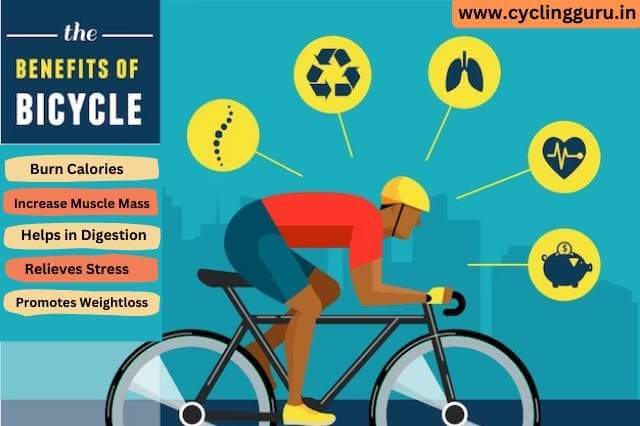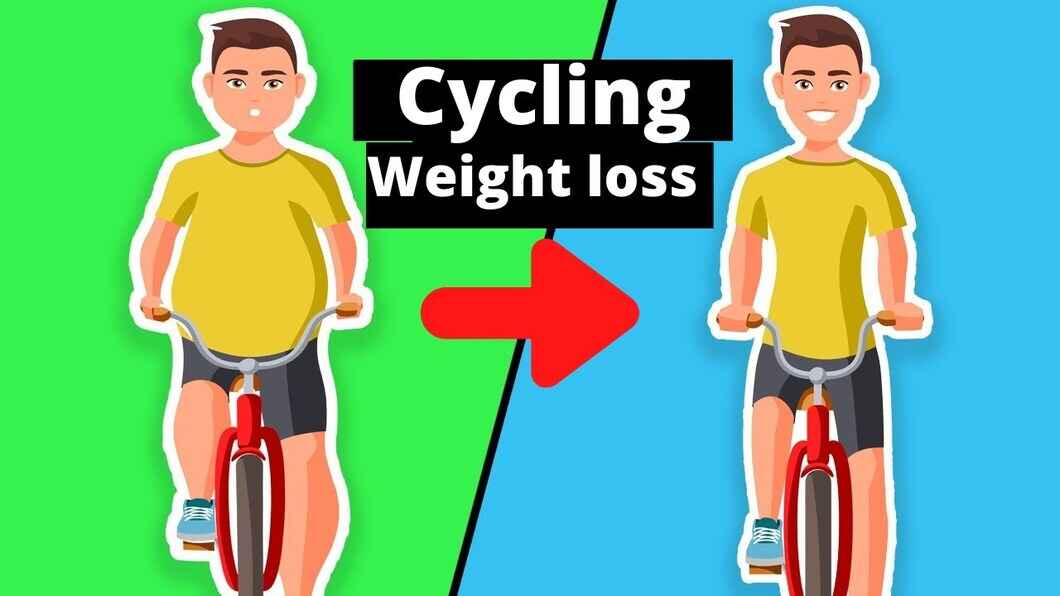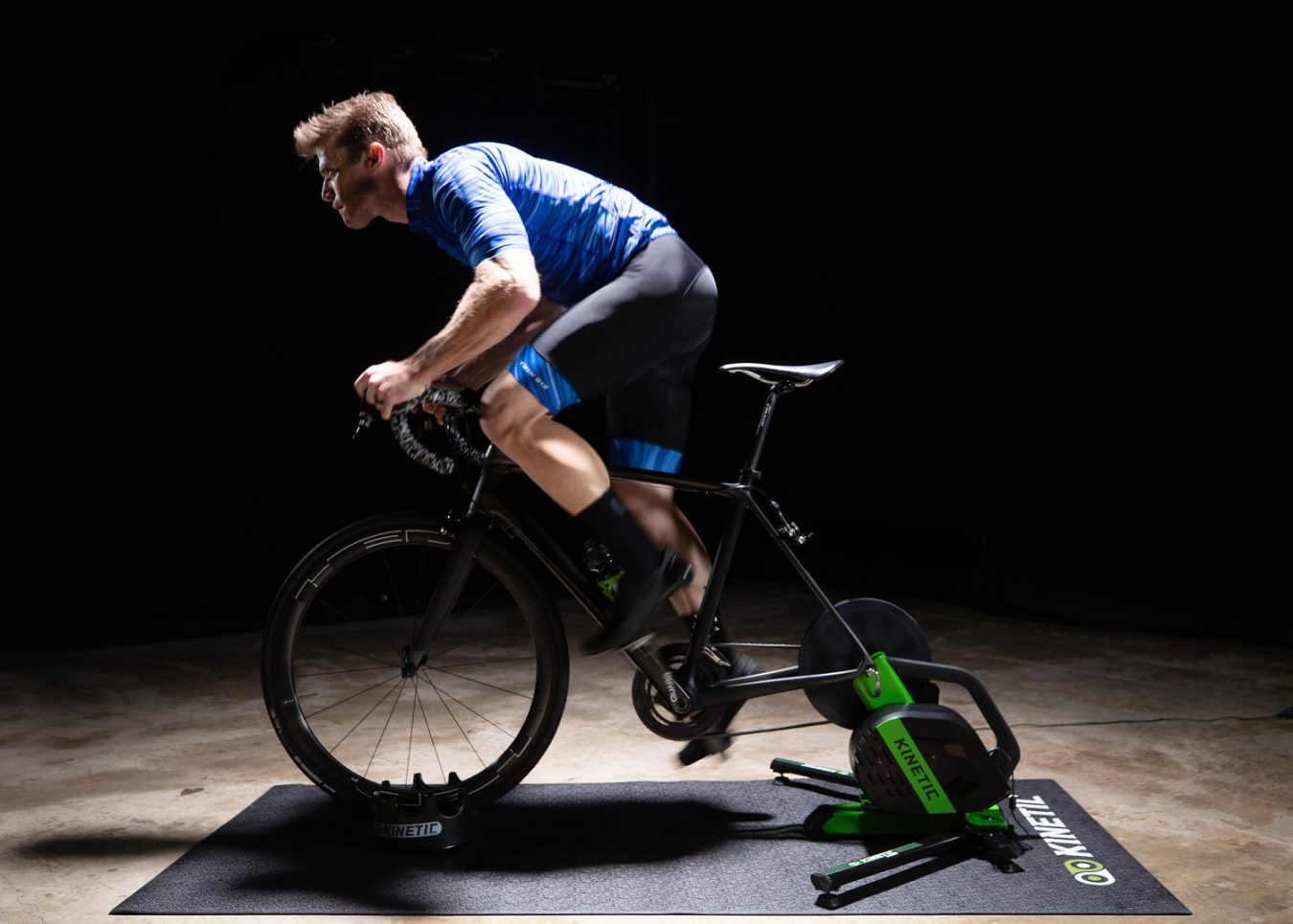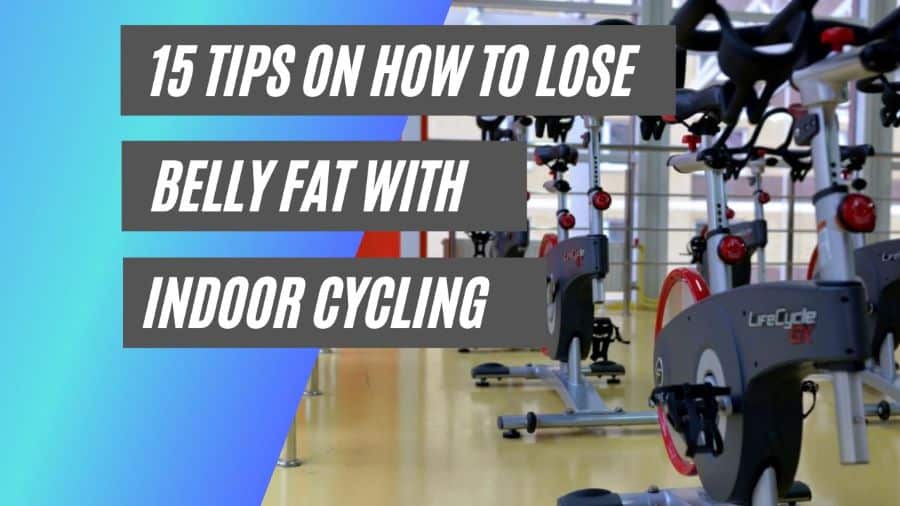Bike Riding To Lose Belly Fat

The quest to shed stubborn belly fat is a perennial challenge for many. Fad diets and trendy exercise routines often promise quick fixes, but sustainable solutions are rooted in consistent, effective strategies. Among these, cycling emerges as a powerful and accessible tool for not just weight management, but specifically targeting abdominal fat.
This article delves into the science behind cycling's effectiveness in reducing belly fat. It examines the mechanisms through which it works, its benefits compared to other exercises, and practical tips for incorporating it into a successful fat-loss plan. We will also explore expert opinions and research findings to provide a comprehensive understanding of cycling's role in achieving a leaner, healthier midsection.
Understanding Belly Fat and Its Risks
Belly fat, or visceral fat, is more than just a cosmetic concern. It's a metabolically active tissue that wraps around internal organs, posing significant health risks. Increased visceral fat is linked to an elevated risk of type 2 diabetes, heart disease, certain cancers, and even cognitive decline.
Unlike subcutaneous fat, which lies just beneath the skin, visceral fat releases hormones and inflammatory substances that disrupt normal bodily functions. Therefore, targeting belly fat is crucial not only for aesthetics but, more importantly, for overall health and longevity.
Cycling: A Powerful Weapon Against Belly Fat
Cycling is a cardiovascular exercise that efficiently burns calories and boosts metabolism. This dual action is key to reducing overall body fat, including stubborn belly fat. Furthermore, cycling engages core muscles, contributing to a stronger and more toned abdomen.
The beauty of cycling lies in its versatility. It can be easily adapted to different fitness levels, ranging from leisurely rides in the park to intense interval training sessions. This adaptability makes it a sustainable exercise option for long-term weight management.
How Cycling Burns Calories and Boosts Metabolism
During cycling, your body utilizes both carbohydrates and fat as fuel. The intensity of the ride dictates the proportion of each fuel source used. Higher intensity rides burn more calories in a shorter time, contributing to a greater overall calorie deficit. This deficit is essential for fat loss.
Cycling also increases your Excess Post-exercise Oxygen Consumption (EPOC), often referred to as the "afterburn effect." This means that your body continues to burn calories at an elevated rate even after you've finished your ride. This metabolic boost contributes to sustained fat loss over time.
The Role of Core Engagement
While cycling primarily targets leg muscles, it also engages core muscles for stability and balance. These muscles, including the abdominals, obliques, and lower back, work to maintain proper posture and control during each pedal stroke.
While not a direct replacement for targeted core exercises, regular cycling can contribute to a stronger and more toned abdominal region. This improved core strength can help improve posture and reduce the risk of back pain.
Cycling vs. Other Exercises for Belly Fat Loss
Many exercises claim to be effective for belly fat loss, but how does cycling compare? While exercises like running and HIIT (High-Intensity Interval Training) also burn calories, cycling offers unique advantages.
Cycling is generally lower impact than running, making it a suitable option for individuals with joint pain or injuries. It is also more easily incorporated into daily routines, with options like commuting to work by bike or participating in indoor cycling classes.
Comparing Cycling to Running
Running is an excellent calorie burner, but it can be hard on the joints, particularly for those who are overweight or new to exercise. Cycling, on the other hand, provides a similar cardiovascular workout with less impact. This makes it a more accessible and sustainable option for many.
A study published in the Journal of Applied Physiology found that both cycling and running significantly reduced body fat, but cycling had a lower risk of injury. This finding highlights the importance of choosing an exercise that you can consistently perform without risking injury.
Comparing Cycling to HIIT
HIIT workouts are known for their intense calorie burn and metabolic boost. However, they can be challenging to sustain for long periods and may not be suitable for everyone. Cycling can be used as a form of HIIT, alternating between high-intensity bursts and periods of recovery. This approach allows you to reap the benefits of HIIT without the same level of strain.
Indoor cycling classes often incorporate HIIT principles, providing a structured and motivating environment for intense workouts. This can be a great option for individuals who prefer group exercise and are looking to challenge themselves.
Tips for Incorporating Cycling into Your Fat-Loss Plan
To maximize cycling's effectiveness in reducing belly fat, it's important to approach it strategically. This includes incorporating different types of rides, maintaining a healthy diet, and tracking your progress.
Consistency is key. Aim for at least 150 minutes of moderate-intensity cycling per week, or 75 minutes of vigorous-intensity cycling. This can be broken down into shorter sessions throughout the week to make it more manageable.
Varying Your Rides
Incorporate different types of rides into your routine to challenge your body and prevent plateaus. This can include long, steady-state rides for endurance, hill workouts for strength, and interval training for calorie burning.
Experiment with different terrains and resistance levels to engage different muscle groups and keep your workouts interesting. This variety will not only help you stay motivated but will also contribute to a more well-rounded fitness program.
Combining Cycling with a Healthy Diet
Exercise alone is not enough to eliminate belly fat. A healthy diet is crucial for creating a calorie deficit and providing your body with the nutrients it needs to function optimally. Focus on consuming whole, unprocessed foods, including lean protein, fruits, vegetables, and whole grains.
Reduce your intake of sugary drinks, processed foods, and unhealthy fats. These contribute to calorie excess and can hinder your fat-loss progress. Consult with a registered dietitian or nutritionist to develop a personalized meal plan that supports your fitness goals.
Tracking Your Progress
Monitor your progress regularly to stay motivated and make adjustments to your plan as needed. This can include tracking your weight, body measurements, and cycling metrics such as distance, speed, and heart rate.
Use a fitness tracker or app to record your workouts and monitor your calorie intake. This data can provide valuable insights into your progress and help you identify areas where you can improve.
The Future of Cycling and Weight Management
As technology advances, cycling continues to evolve as a versatile and effective tool for weight management. Innovations in indoor cycling bikes, virtual reality training, and personalized fitness apps are making it easier than ever to incorporate cycling into your daily routine. The research is ongoing, but the evidence strongly suggests cycling, combined with a healthy lifestyle, offers a promising path toward reducing belly fat and improving overall health.
Looking ahead, the integration of artificial intelligence (AI) and data analytics could further personalize cycling workouts, optimizing them for individual needs and goals. This could lead to even more effective and sustainable fat-loss results.










:max_bytes(150000):strip_icc()/manonbike-bcadb3d47875459cb868e9a25466b546.png)







